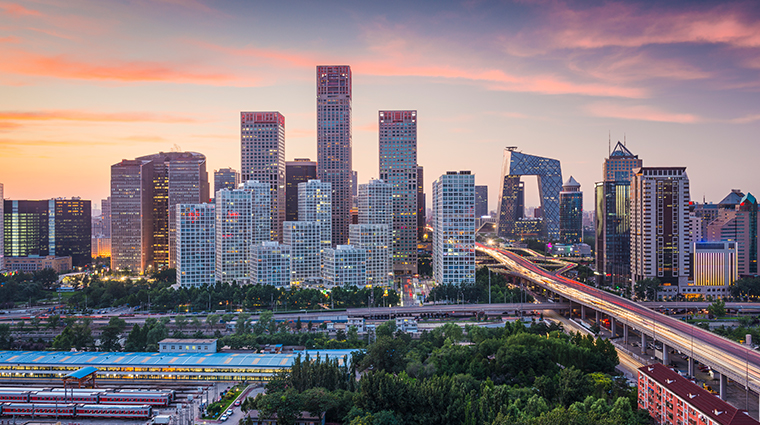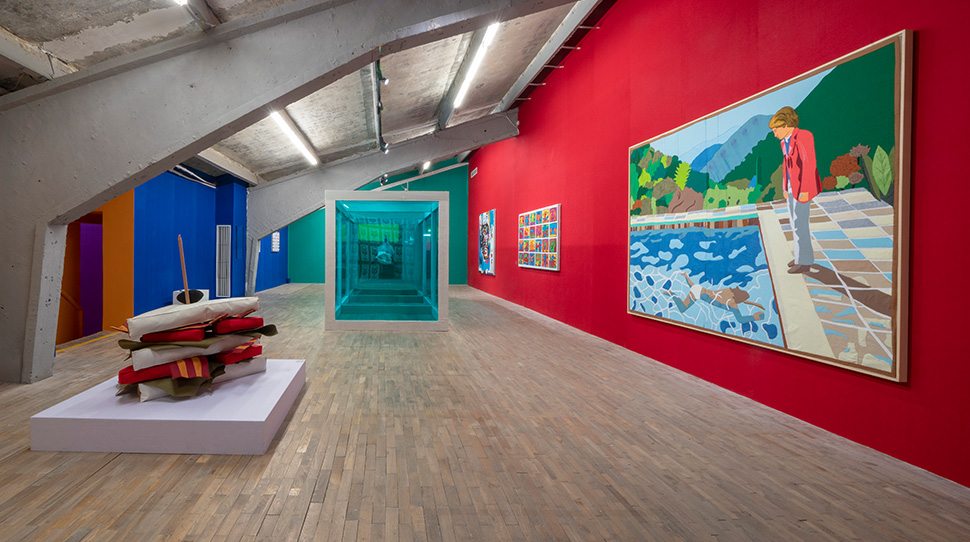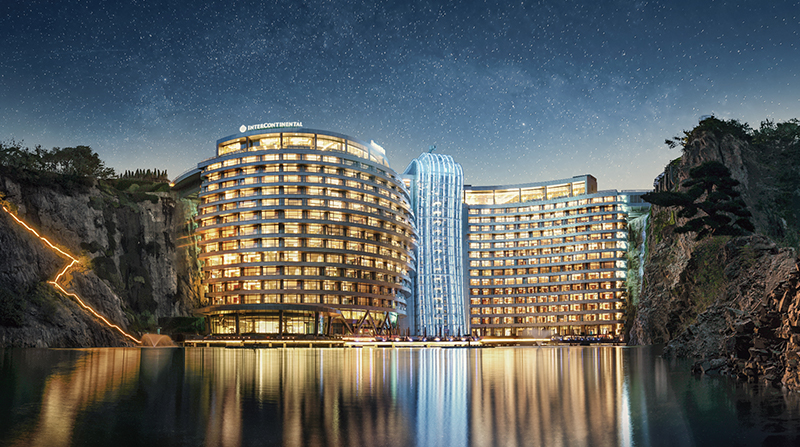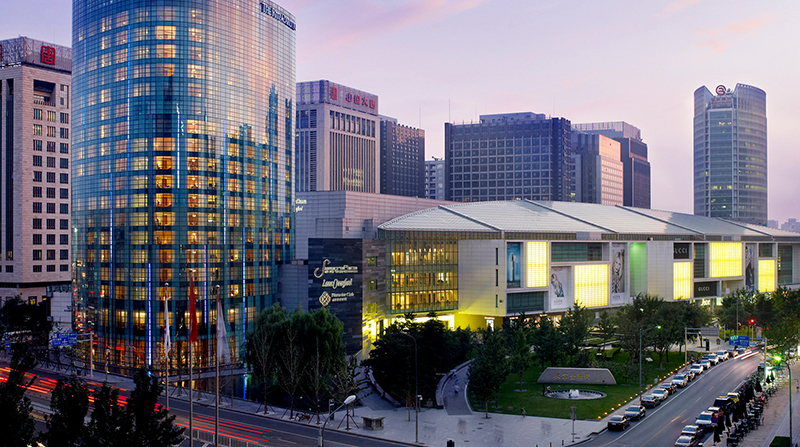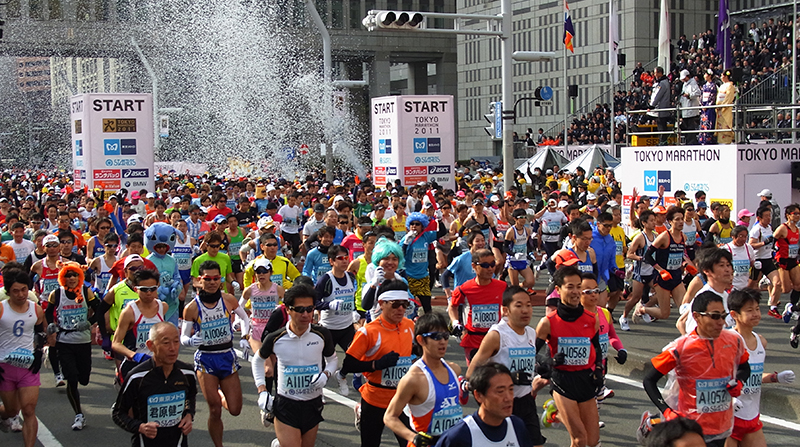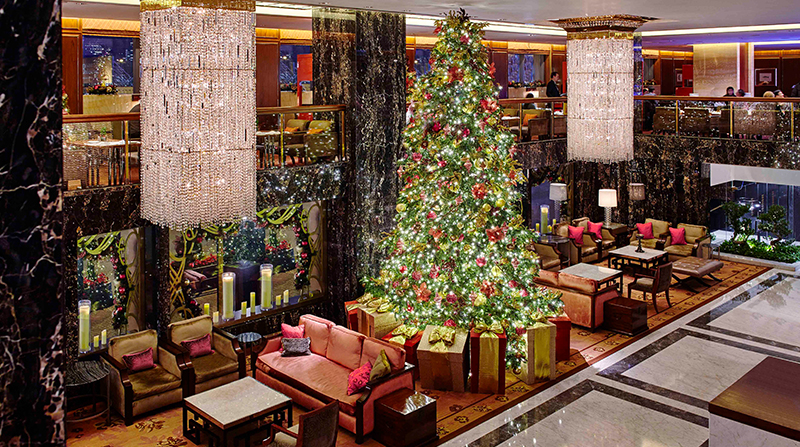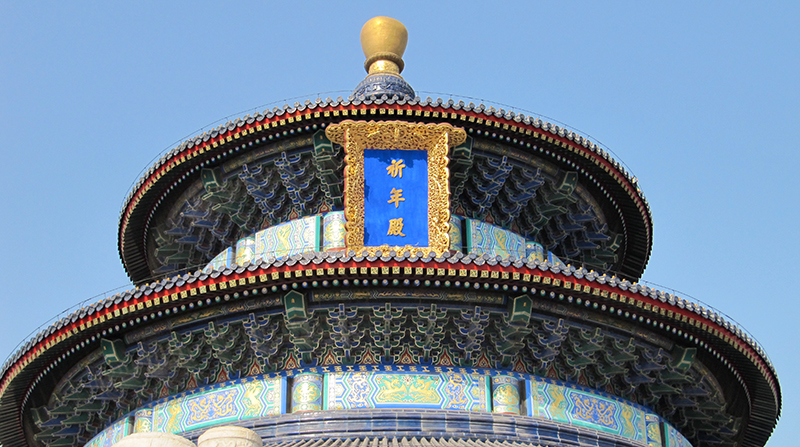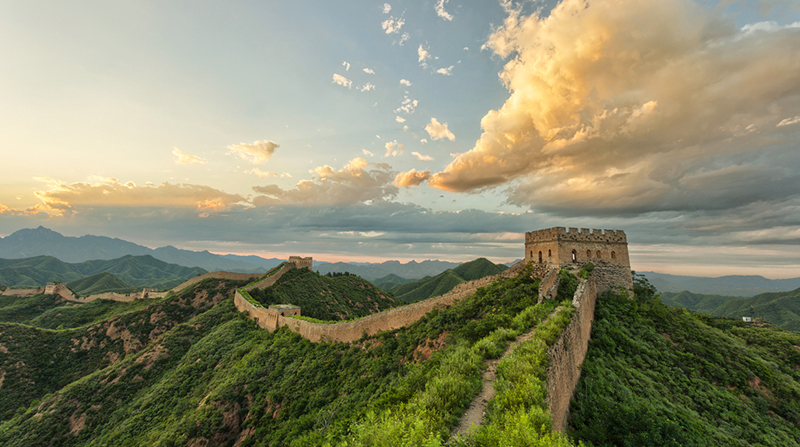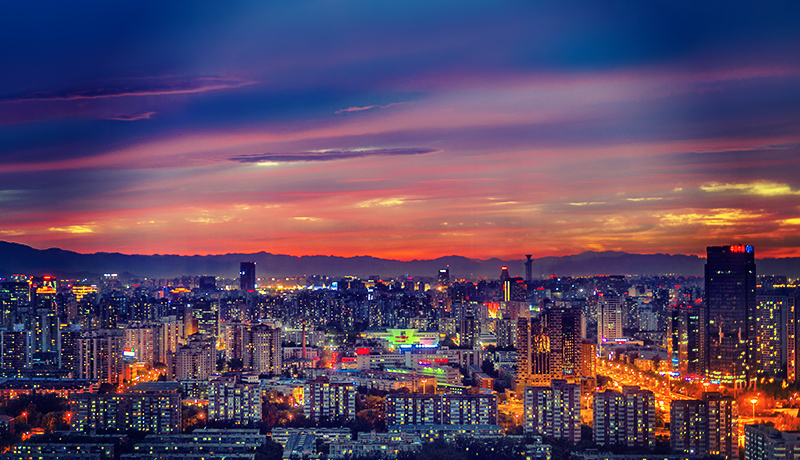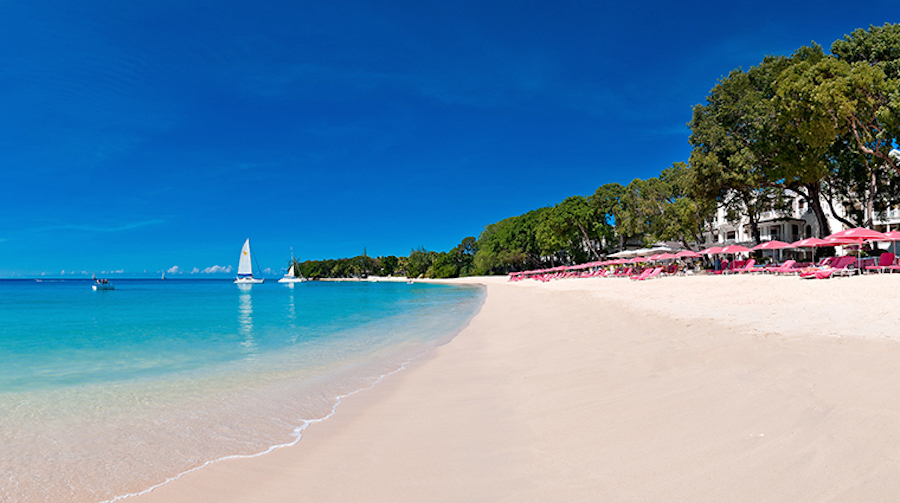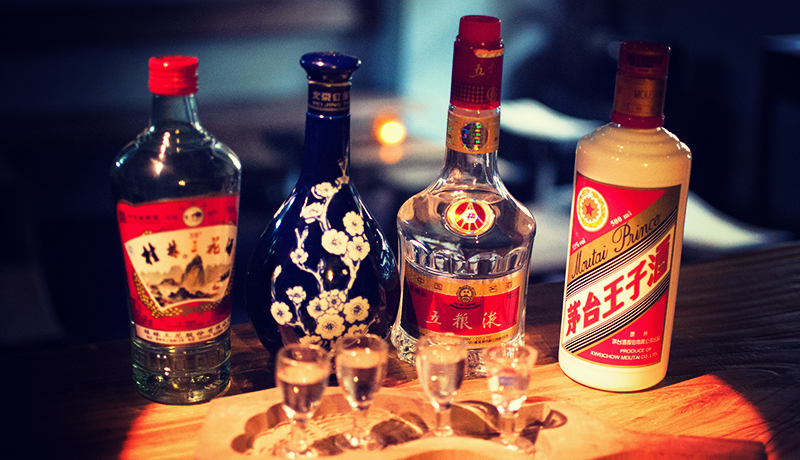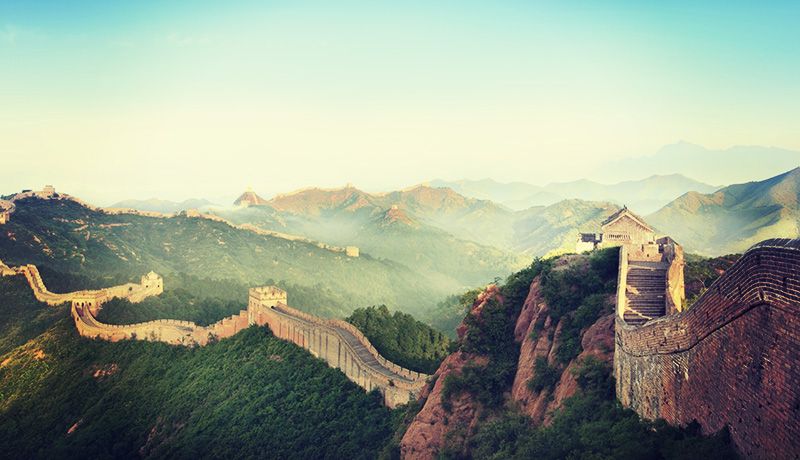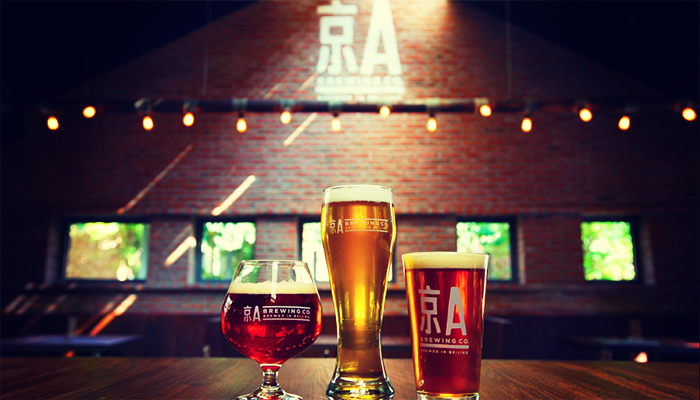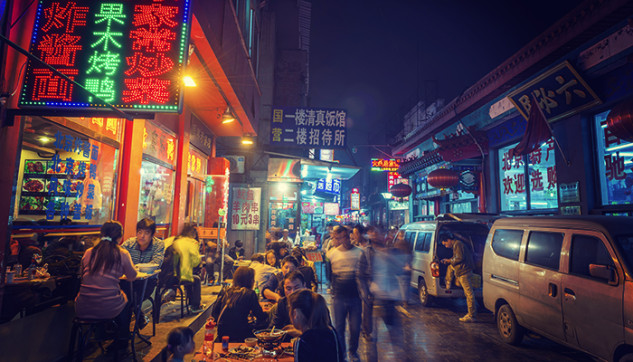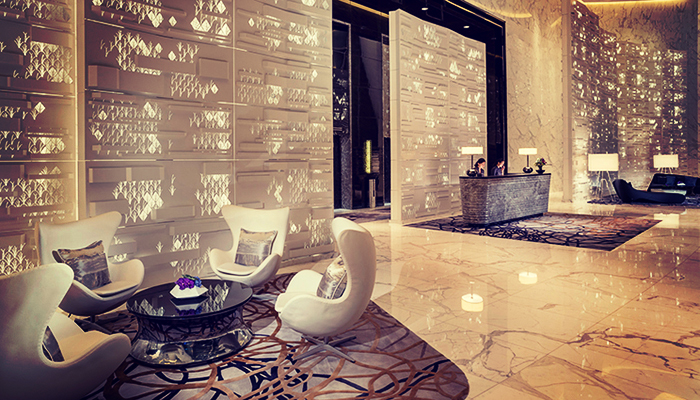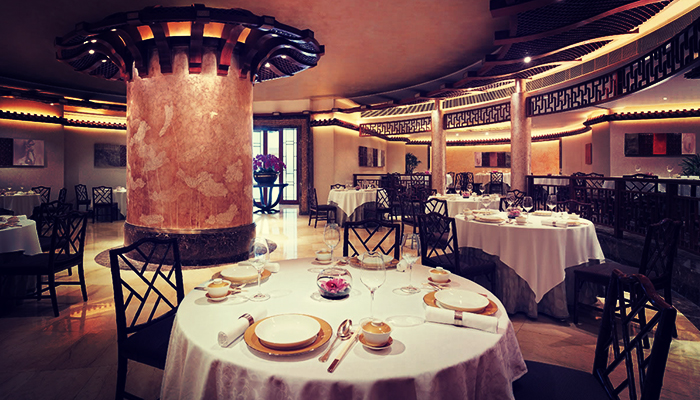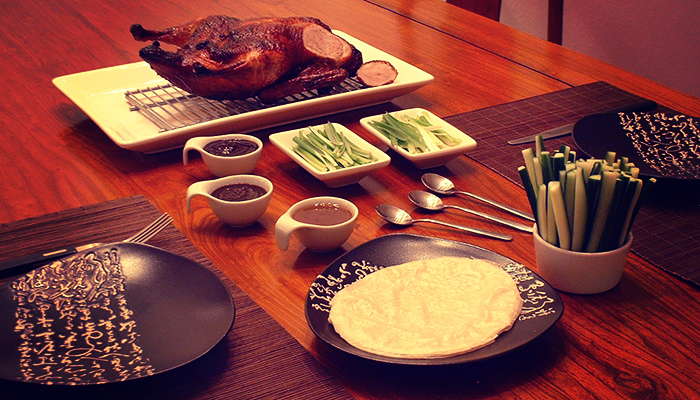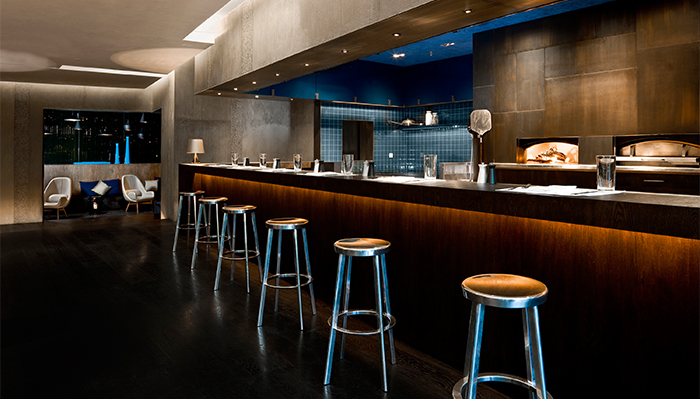Beijing

A sprawling, massive city ringed by a series of ring roads, Beijing got its start as a small northern outpost and grew to become the Chinese capital off and on throughout its history. The original city’s walls were pulled down during the Cultural Revolution, but there are still plenty of buildings surviving to remind visitors of the city’s importance as a seat of government for thousands of years. With three World Heritage sites (the Forbidden City, the Summer Palace and the Temple of Heaven), Buddhist temples and gorgeous Ming dynasty courtyards, there are reminders of Beijing’s past everywhere, even as the city is changing dramatically for the future. Architecture buffs will be amazed by the volume of new, futuristic buildings, from the National Center for the Performing Arts to the wildly unique CCTV headquarters. Since most sights are outdoors, a visit to Beijing is best in warmer months, even if that means sharing your experience with throngs of crowds. Keep in mind that Beijing is huge, and most local maps are deceiving in scale—what looks like a short walk could be closer to a three-mile trek. A walk from some Dongcheng hotels to the Forbidden City, which on a map appears just a few blocks, could take as long as 30 minutes. Add to the mix the incredible volume of traffic at all hours of the day, and you’ve got a city that can be tough to get around. When going anywhere—for dinner reservations, a theater performance or to meet a friend—plan at least 30 minutes more than you think you will need and prepare to sit in traffic.
